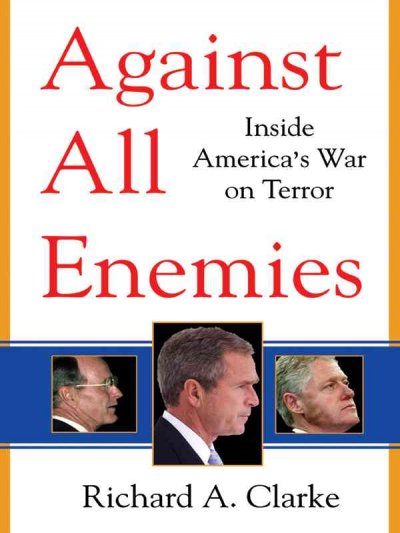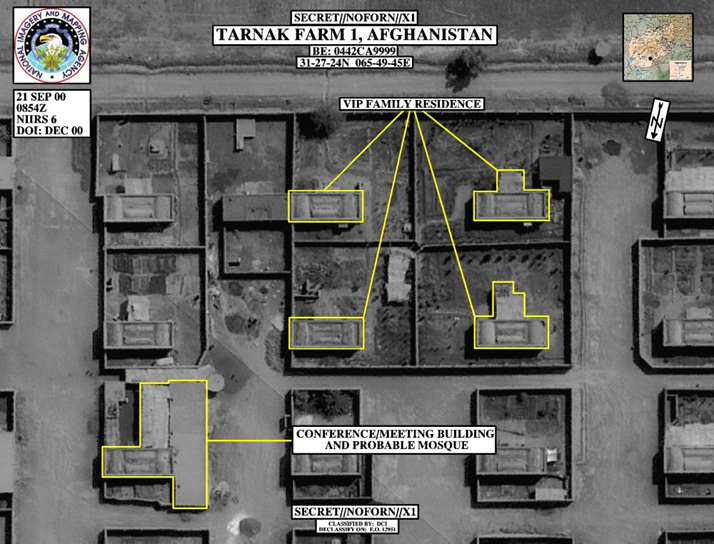National Security Advisor “Sandy” Berger says President Clinton has expanded the rules of engagement (ROEs) for the no-fly zones over Iraq, allowing preemptive strikes on air defense and command and control targets that had previously exhibited hostile action against American overflights (on earlier flights, thus stretching the concept of “self defense”).
The no-fly zones, which had been imposed in 1991 after the first Gulf War, restricted Iraqi fighter jet (and later, attack helicopter) activity, essentially immobilizing (and deteriorating) the Iraqi air force. The scope of the no-fly zones would be expanded on numerous occasions and would even include “no-drive zones” in southern and northern Iraq that restricted offensive military action with armored vehicles.
The January 1999 expansion, compensating for the absence of on-the-ground UN inspectors and responding to increased Iraqi challenges to U.S. (and allied) overflights, really constitutes the beginning of the beginning of the 2003 Iraq war and the beginning of the end for Iraq. By March 2003, when the second Gulf War began, a clandestine operation called Operation Southern Focus built on the expanded 1999 ROEs and was weeks in the making, bombing Iraq and destroying Iraq’s command, communications, early warning and air defense capabilities while America was debating whether even to go to war. Southern Focus ultimately facilitated the invasion and the rapid defeat.


